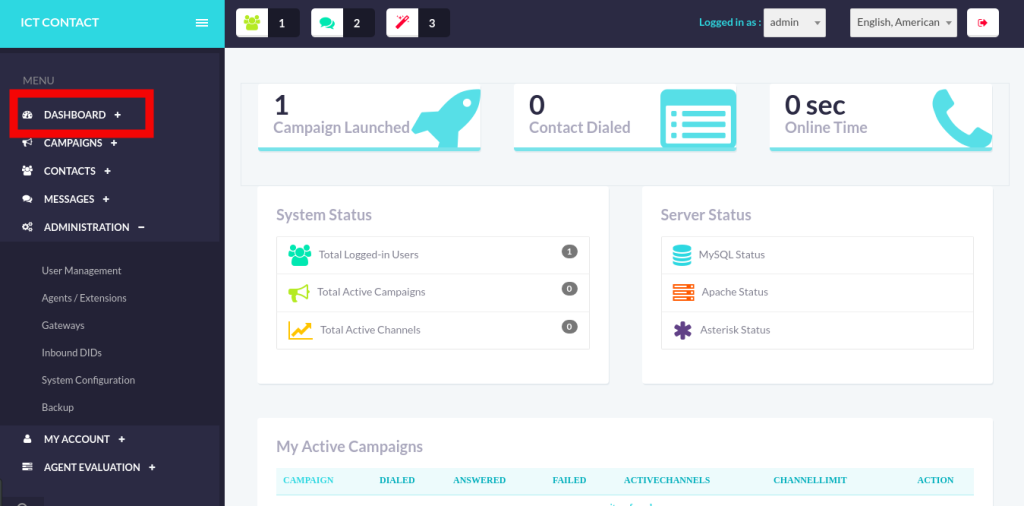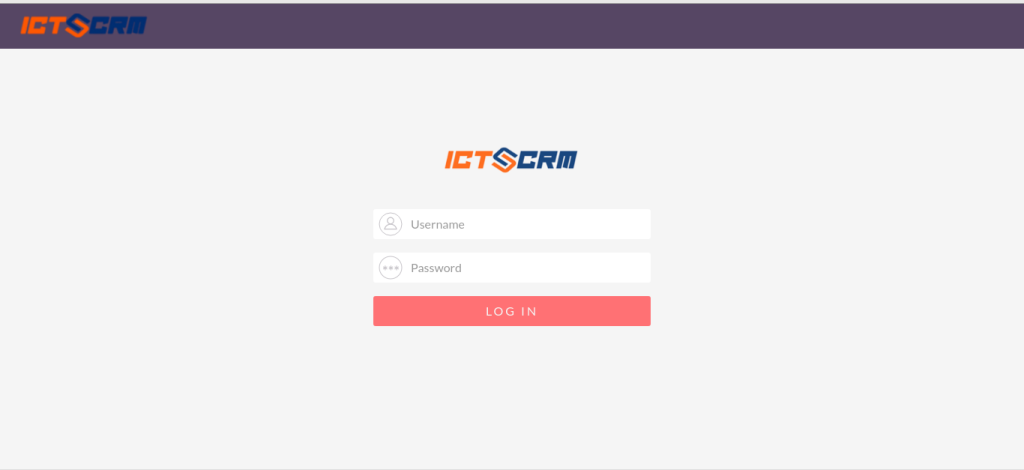Introduction:
In today’s digital era, contact centers have become essential for businesses relying on top-notch customer service. These centers handle diverse customer interactions, from inquiries to complaints and support requests. However, contact centers can be costly endeavors, prompting organizations to explore cost-effective and efficient methods of streamlining their processes.
One solution that has gained considerable traction in recent years is open source technology. Built upon the principles of collaboration, open source technology makes software program source code accessible to anyone who wishes to modify, enhance, or distribute it. In this article, we will delve into the ways in which open source technology can streamline contact center processes, minimize expenses, and enhance customer satisfaction.
Open source technology operates on a collaborative foundation, empowering users to modify, enhance, or distribute software program source code. This collaborative approach to software development has given rise to a wide array of open source solutions that can be leveraged to streamline contact center processes. In this article, we will explore how open source technology can optimize your contact center operations, boost customer satisfaction, and reduce costs.

Benefits of Open Source Technology for Contact Centers
1. Cost Savings
When it comes to contact centers, embracing open source technology offers a multitude of benefits, with cost savings taking the lead. Unlike traditional contact center software that demands substantial upfront investments and ongoing maintenance costs, open source software presents an opportunity to eliminate these expenses. By opting for free, open-source software or paying for support services only when necessary, organizations can significantly reduce financial burdens. Furthermore, the community-driven nature of open source software fosters a vast pool of developers who can continuously enhance and update the software, thereby reducing the reliance on costly in-house development efforts.
2. Flexibility
Flexibility stands as another compelling benefit of open source technology. Contact centers frequently possess distinct requirements, necessitating software that can be customized to align with their specific needs. Open source software grants access to the source code, enabling organizations to modify it and tailor it to their precise requirements. This empowers the creation of a solution that is uniquely suited to the organization’s needs, while also facilitating easy adaptation to evolving market trends and customer demands.
3. Integration
Open source software is designed to be interoperable with other software applications, making integration with existing systems much more straightforward. This makes it easy to integrate with other critical business systems such as customer relationship management (CRM) software, ticketing systems, and workforce management systems, among others.

4. Security
Open source software is often more secure than proprietary software, as the community-driven nature of the development process ensures that bugs and vulnerabilities are quickly identified and addressed. Additionally, with access to the source code, your IT team can identify and address any security concerns directly, rather than waiting for the software vendor to issue a patch.
5. Community Support
With open source software, you have access to a large community of developers and users who can provide support and help with any issues that may arise. This can be especially helpful for organizations with limited IT resources or technical expertise.
Open Source Technology for Contact Center Processes
Asterisk
Asterisk is an open source software platform for building communication applications. It is widely used as a telephony platform for building contact center solutions. Asterisk provides features such as voicemail, IVR, call routing, conferencing, and call recording, among others. With Asterisk, contact centers can create customized solutions that meet their specific needs.
FreePBX
FreePBX is a web-based open source graphical user interface (GUI) that manages Asterisk. It provides a simple and intuitive interface for managing and configuring an Asterisk-based contact center solution. With FreePBX, contact center administrators can manage extensions, call routing, and other telephony features.
VICIdial
VICIdial is an open source contact center solution that provides inbound and outbound call handling, agent management, and call recording. It is designed to be scalable and can handle high volumes of calls. VICIdial provides a web-based interface for managing and configuring the system, making it easy for contact center administrators to manage the system.
Conclusion:
In conclusion, open source technology has revolutionized the way contact centers operate, enabling businesses to streamline their processes and reduce costs while improving customer satisfaction. The benefits of open source technology in contact centers include cost savings, flexibility, integration, security, and community support.
Several open source solutions, such as Asterisk, FreePBX, VICIdial, and SuiteCRM, provide a range of features to meet the specific needs of contact centers. These solutions can be customized to fit the unique requirements of your business, and they offer a scalable and efficient way to manage your contact center operations.
In addition to the benefits mentioned above, open source technology provides businesses with the opportunity to collaborate with a community of developers and users, resulting in faster and more frequent updates and improvements. This collaborative approach to software development is particularly beneficial for contact centers with limited IT resources or technical expertise.
In conclusion, by embracing open source technology, businesses can streamline their contact center processes, improve customer satisfaction, and reduce costs, making it a valuable investment for any business that relies on customer service as a vital part of their operations.
Leveraging Open Source in ICT
